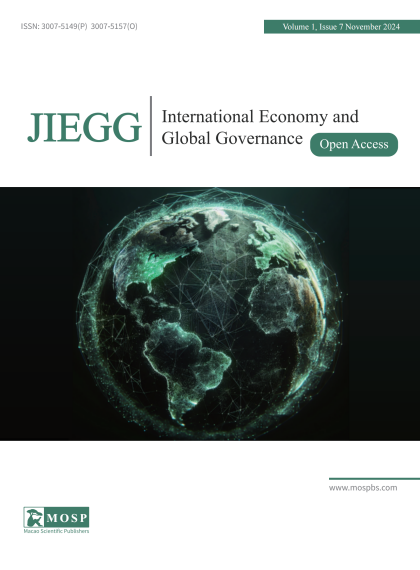Abstract
This paper utilizes data from the UIBE_GVC database covering the period from 1995 to 2020 to calculate Global Value Chain (GVC) indices and empirically examines the impact of foreign exchange reserves on GVC ascension, along with its heterogeneity and mechanisms of action. The findings reveal an inverted U-shaped relationship between foreign exchange reserves and GVC status. In the early stages of GVC integration, foreign exchange reserves facilitate the improvement of GVC position. However, once a certain level of integration is reached, these reserves impede further GVC ascent. Moreover, foreign exchange reserves predominantly influence the manufacturing sector with heterogeneous effects—boosting the GVC position of less technology-intensive industries while exhibiting significant negative impacts on more technology-intensive sectors. Initially, during the GVC integration process, foreign exchange reserves promote a country’s GVC climb through enhancing demand for intermediate goods imports—the trade demand effect. Yet, when integration reaches a particular stage, the maintenance and expansion of foreign exchange reserves lead to resource lock-in within low-value-added export-oriented sectors, constraining research and development investments as well as technological advancements. Consequently, the GVC ascension becomes hindered due to the low-end lock-in effect and the restriction of technological progress.
Keywords: Global Value Chain (GVC) Ascension, Foreign Exchange Reserves, Trade Demand Effect Low-end Lock-in Effect, Technological Progress
Download the full text PDF for viewing and using it according to the license of this paper.

